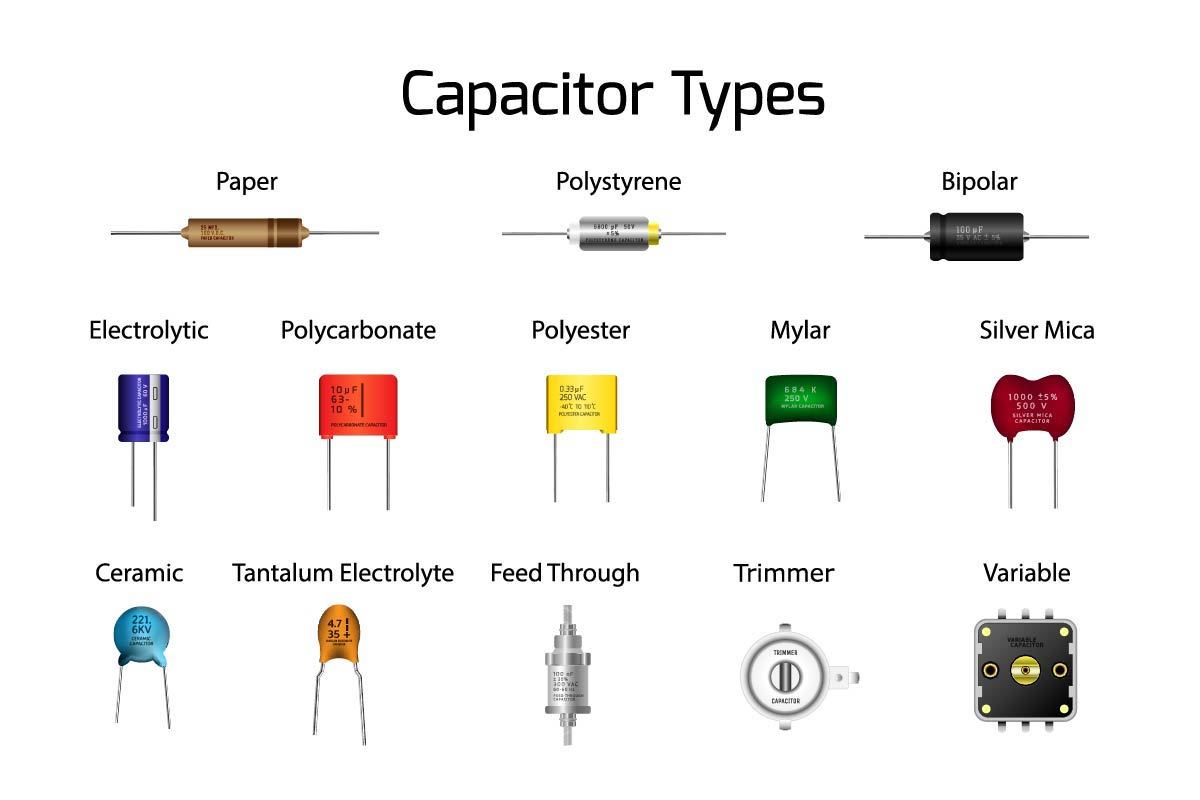
Best Capacitors for High-Frequency Circuits
When it comes to high-frequency circuits, choosing the right capacitors is crucial. Capacitors are electronic components that store and release electrical energy. They are essential for filtering out noise, stabilizing voltage levels, and improving signal integrity in high-frequency applications.
So, what are the best capacitors for high-frequency circuits? Let’s explore some top options that can take your circuit designs to the next level:
Ceramic Capacitors
Ceramic capacitors are a popular choice for high-frequency circuits due to their low parasitic inductance and resistance. They come in a variety of capacitance values and voltage ratings, making them versatile for different applications. Ceramic capacitors are known for their stability, reliability, and fast response times, making them ideal for high-frequency circuits.
There are two main types of ceramic capacitors: multilayer ceramic capacitors (MLCCs) and single-layer ceramic capacitors. MLCCs are widely used in high-frequency circuits for their high capacitance values and low ESR (equivalent series resistance). Single-layer ceramic capacitors, on the other hand, offer high stability and low losses, making them suitable for precision applications.
Tantalum Capacitors
Tantalum capacitors are another excellent choice for high-frequency circuits. They are known for their high capacitance density, low ESR, and excellent frequency characteristics. Tantalum capacitors are also highly reliable and have a long service life, making them suitable for demanding applications.
One of the key advantages of tantalum capacitors is their high volumetric efficiency, which allows for smaller and lighter circuit designs. They are often used in portable electronic devices, telecommunications equipment, and medical instrumentation where space is limited.
Aluminum Electrolytic Capacitors
Aluminum electrolytic capacitors are commonly used in high-frequency circuits for their high capacitance values and low cost. They offer good performance at low frequencies and are suitable for filtering and bypass applications. However, they may not be ideal for high-frequency applications where low parasitic inductance is critical.
It’s important to choose aluminum electrolytic capacitors with low ESR and high ripple current ratings for high-frequency circuits. They are often used in power supplies, audio amplifiers, and motor drives where high capacitance values are required.
Conclusion
Choosing the best capacitors for high-frequency circuits is essential for maximizing performance and reliability. Ceramic capacitors, tantalum capacitors, and aluminum electrolytic capacitors are all viable options, depending on your specific requirements and budget constraints.
When selecting capacitors for high-frequency circuits, consider factors such as capacitance value, voltage rating, ESR, frequency characteristics, and size constraints. By choosing the right capacitors, you can ensure that your high-frequency circuits operate efficiently and reliably.
Investing in quality capacitors is an investment in the overall performance of your circuits. So, choose wisely and see the difference it can make in your high-frequency circuit designs!
Was this helpful?
0 / 0